In 2025, sustainability is no longer a bonus feature in architecture—it’s the baseline. As cities grow, climate concerns intensify, and employee expectations evolve, net-zero office buildings are shifting from innovative exceptions to industry essentials. Commercial architecture has reached a tipping point. The future belongs to spaces that not only look good but also do good—for people and the planet.
Whether you’re an architect, developer, or business owner, understanding what makes a commercial space truly sustainable isn’t just smart—it’s necessary.
Here’s a closer look at why net-zero buildings matter, how they’re reshaping the modern office, and 22 cutting-edge examples inspiring the next generation of green design.
What Is a Net-Zero Commercial Building?
A net-zero building is one that produces as much energy as it consumes over a year, typically by combining energy-efficient design with on-site renewable energy generation (like solar panels or geothermal systems).
But going net-zero isn’t just about energy—it’s about holistic environmental impact. This includes water reuse, waste reduction, material sourcing, and indoor air quality.
Today’s sustainable commercial spaces prioritize:
- Passive solar design
- High-performance insulation and glazing
- Daylighting and smart lighting systems
- Efficient HVAC systems
- Biophilic design elements
- Modular construction and adaptive reuse
Why Businesses Are Choosing Net-Zero Buildings
The reasons for the shift are both moral and practical:
- Climate Accountability: As governments push for decarbonization, real estate is one of the biggest sectors under scrutiny.
- Talent Attraction: Employees prefer to work in healthy, purpose-driven environments.
- Long-Term Savings: Though upfront costs may be higher, net-zero buildings drastically reduce operating costs.
- Brand Reputation: Sustainable credentials are a competitive advantage in today’s market.
Put simply, investing in sustainable commercial architecture is no longer a “nice-to-have”—it’s a future-proof strategy.
22 Inspiring Sustainable Commercial Spaces
Here are 22 projects from around the world that prove net-zero design is not just possible—it’s powerful:
- The Edge, Amsterdam (Netherlands)—
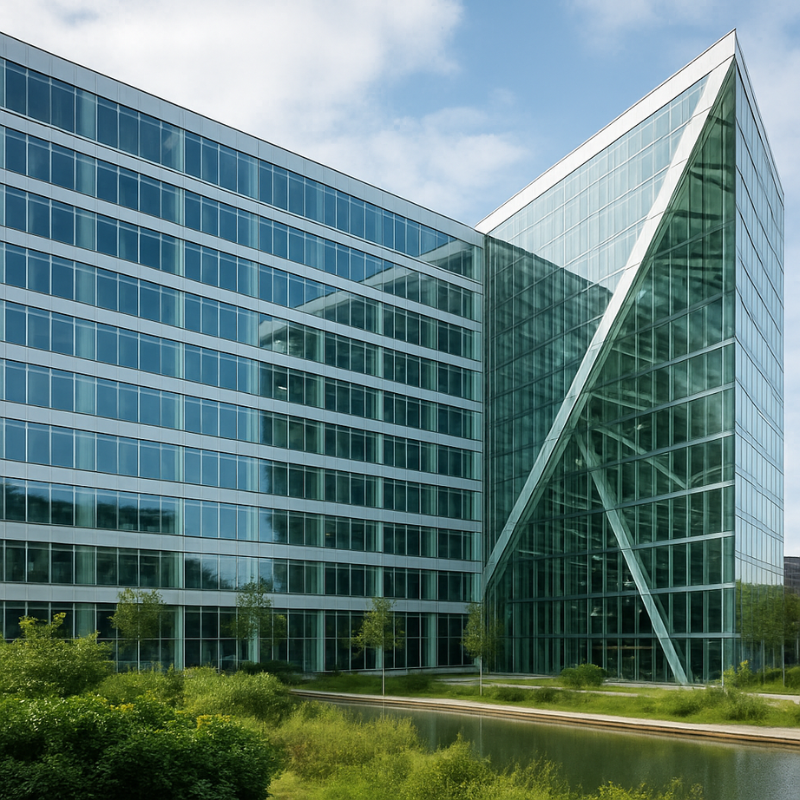 Often dubbed the world’s smartest and greenest office.
Often dubbed the world’s smartest and greenest office. - Bullitt Center, Seattle (USA)—
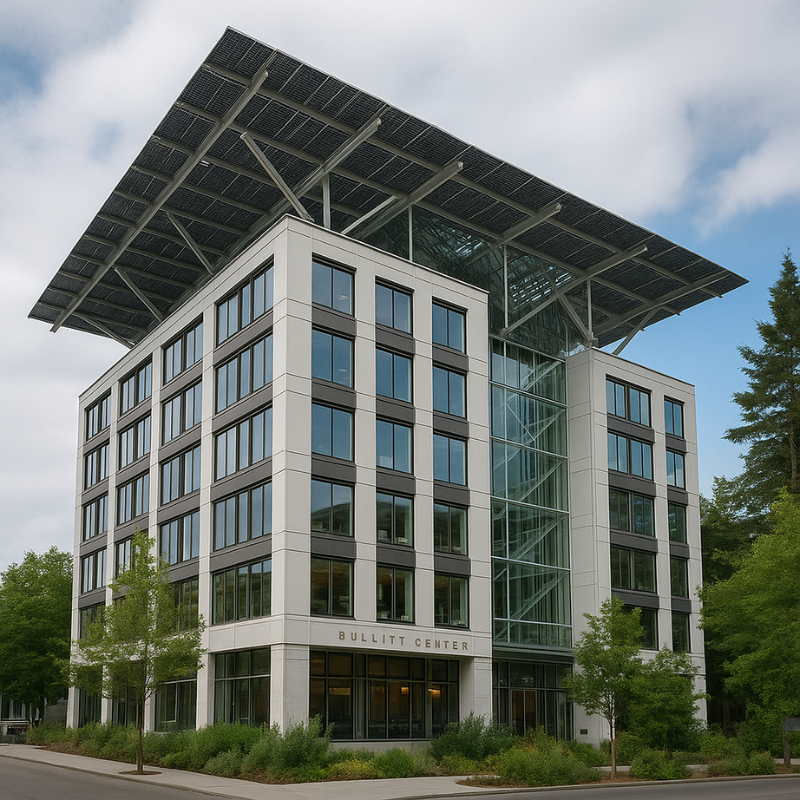 A net-positive energy building with composting toilets and rainwater reuse.
A net-positive energy building with composting toilets and rainwater reuse. - Pixel Building, Melbourne (Australia)—
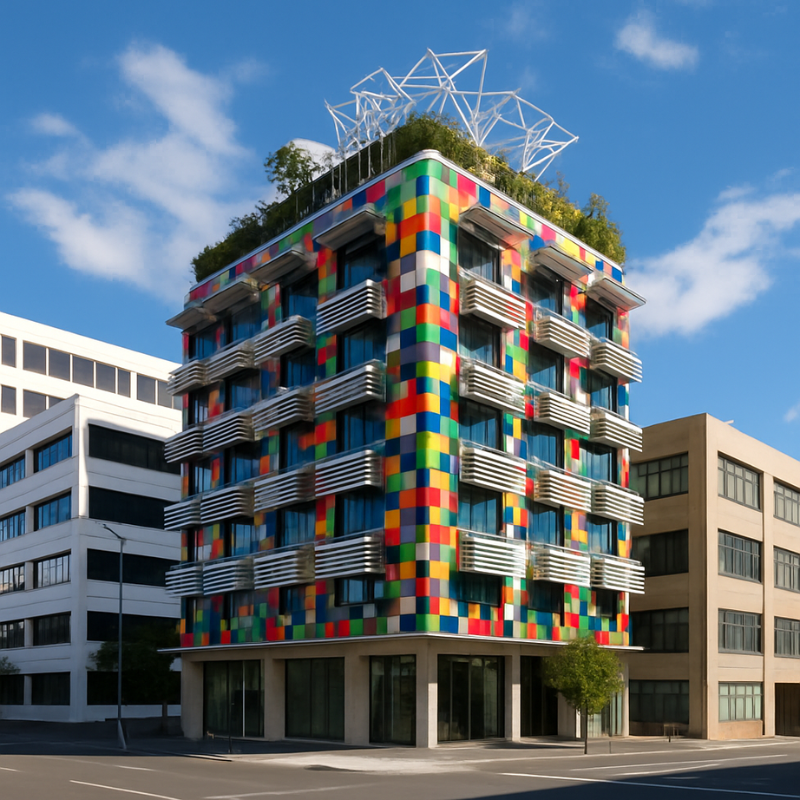 A carbon-neutral design icon using onsite wind and solar energy.
A carbon-neutral design icon using onsite wind and solar energy. - Powerhouse Brattørkaia, Trondheim (Norway)—
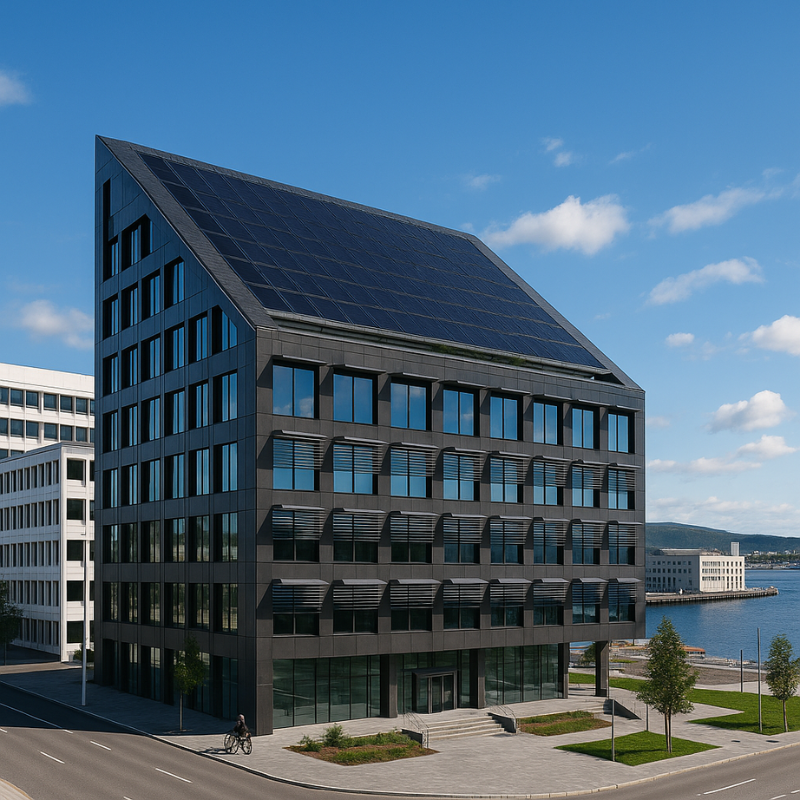 Produces twice the energy it consumes.
Produces twice the energy it consumes. - Cambia Grove, Portland (USA)—
 Combines wood innovation with sustainability.
Combines wood innovation with sustainability. - Pasona HQ, Tokyo (Japan)—
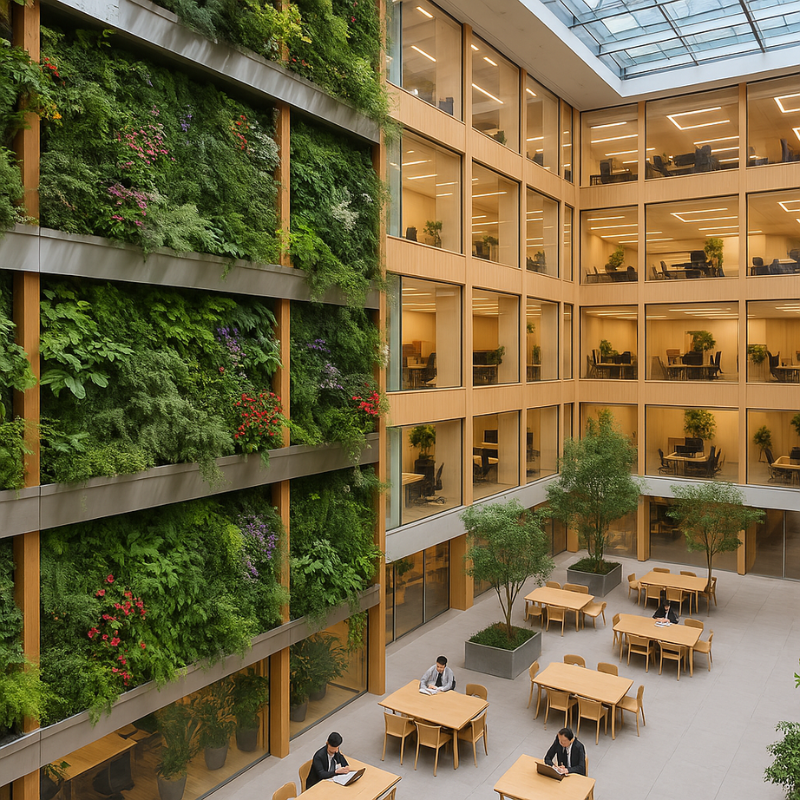 An indoor urban farm meets workspace hybrid.
An indoor urban farm meets workspace hybrid. - Genzyme Center, Cambridge (USA)—
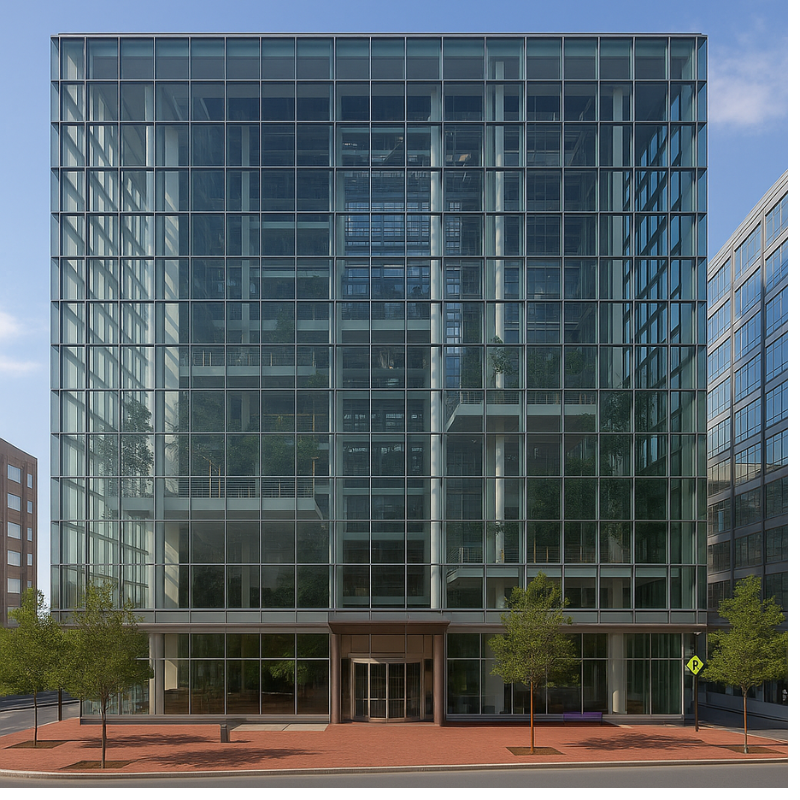 Uses daylighting, passive ventilation, and recycled materials.
Uses daylighting, passive ventilation, and recycled materials. - Net-Zero Energy Office Building, Hyderabad (India)—
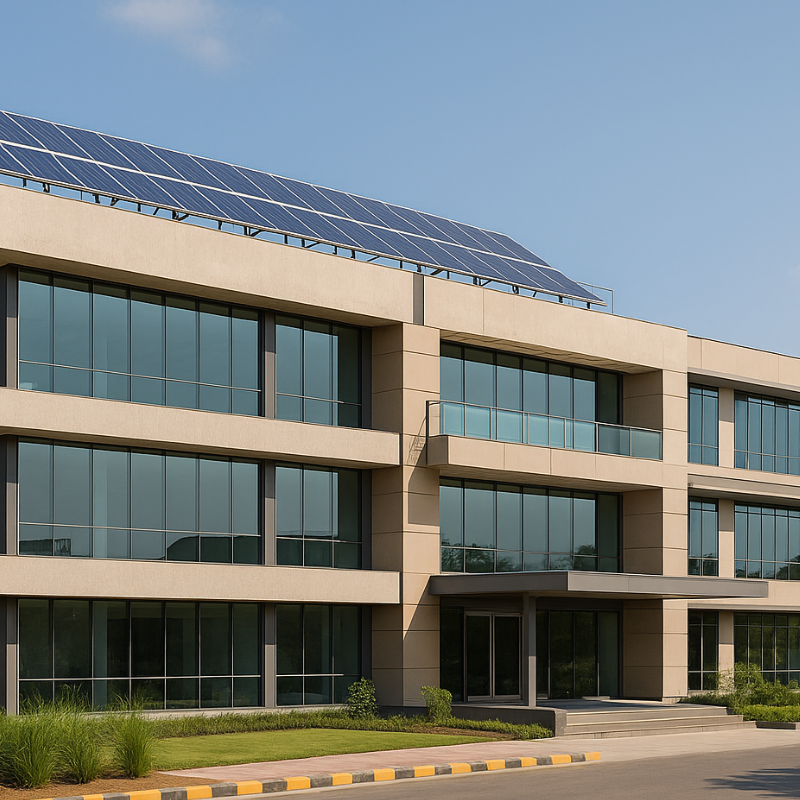 A showcase of India’s green building potential.
A showcase of India’s green building potential. - Manitoba Hydro Place, Winnipeg (Canada)—
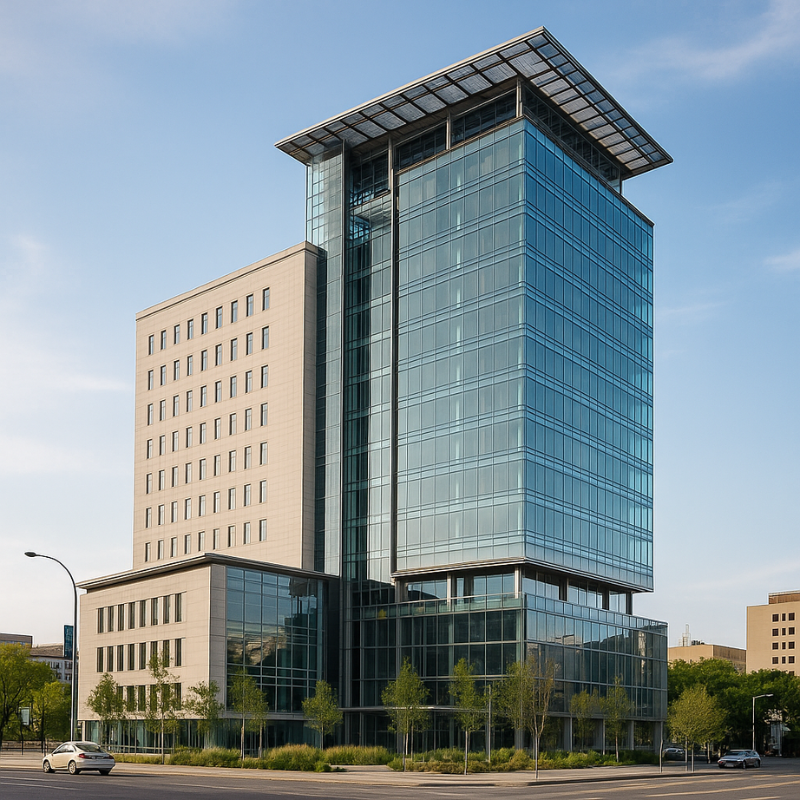 Built for extreme temperatures using passive strategies.
Built for extreme temperatures using passive strategies. - Bank of America Tower, NYC (USA)—
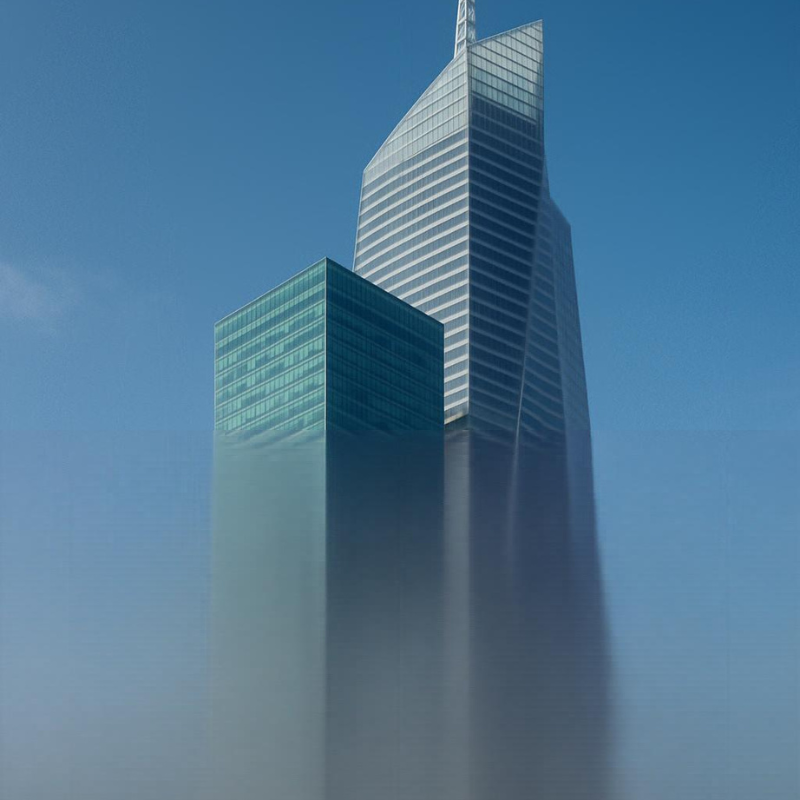 LEED Platinum, complete with an onsite cogeneration plant.
LEED Platinum, complete with an onsite cogeneration plant. - Council House 2 (CH2), Melbourne (Australia)
 – A leader in workplace wellness and sustainable systems.
– A leader in workplace wellness and sustainable systems. - Energy Lab, Brussels (Belgium)—
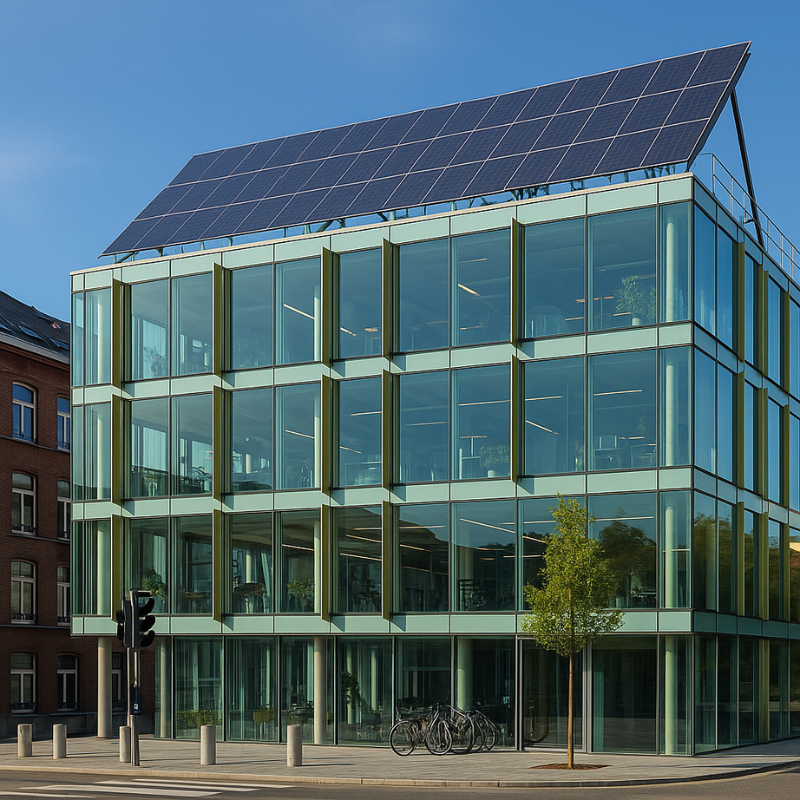 An educational office space with energy transparency at its core.
An educational office space with energy transparency at its core. - One Angel Square, Manchester (UK)—
 one of Europe’s most sustainable buildings.
one of Europe’s most sustainable buildings. - National Renewable Energy Lab, Colorado (USA)—
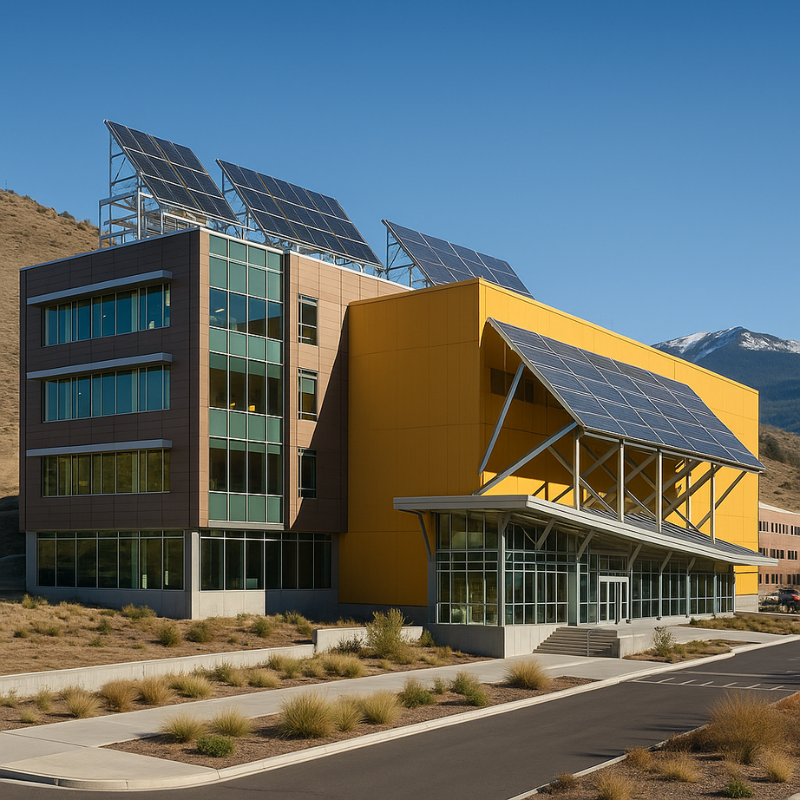 Built as a living lab for green technologies.
Built as a living lab for green technologies. - Earth Rangers Centre, Ontario (Canada)—
 A high-performance office with geothermal systems.
A high-performance office with geothermal systems. - SDE4, Singapore University of Technology and Design –
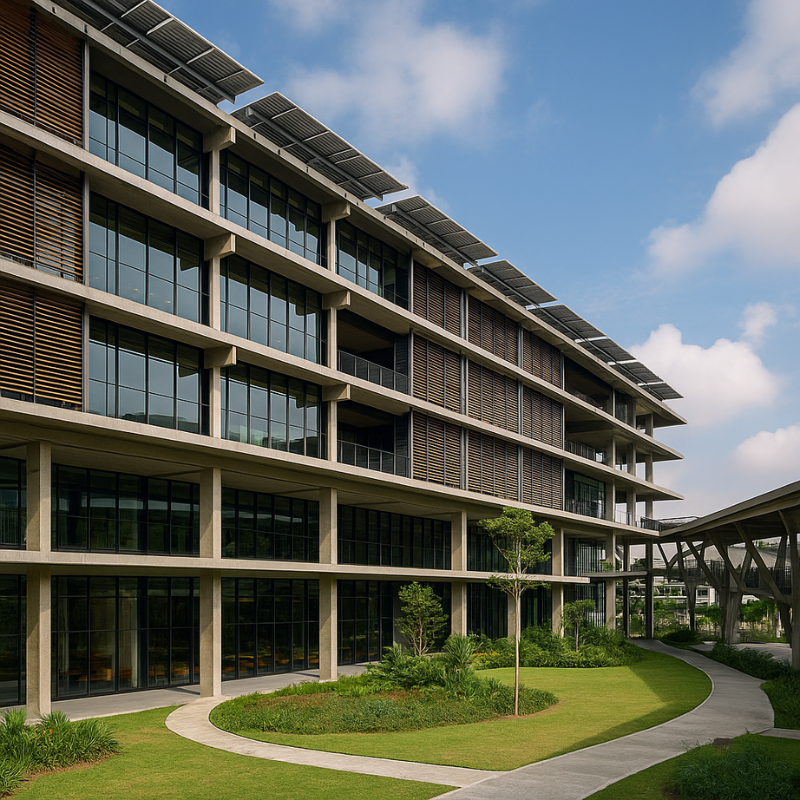 Net-zero academic-commercial hybrid.
Net-zero academic-commercial hybrid. - The Sustainable City, Dubai (UAE)—
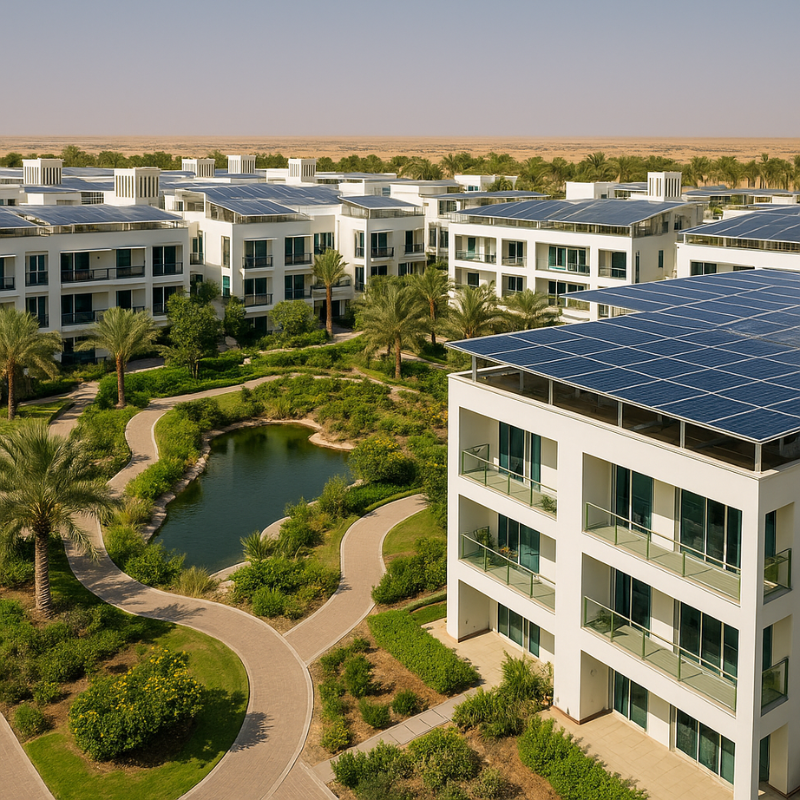 Entire business district powered by solar.
Entire business district powered by solar. - The Kendeda Building, Georgia Tech (USA)—
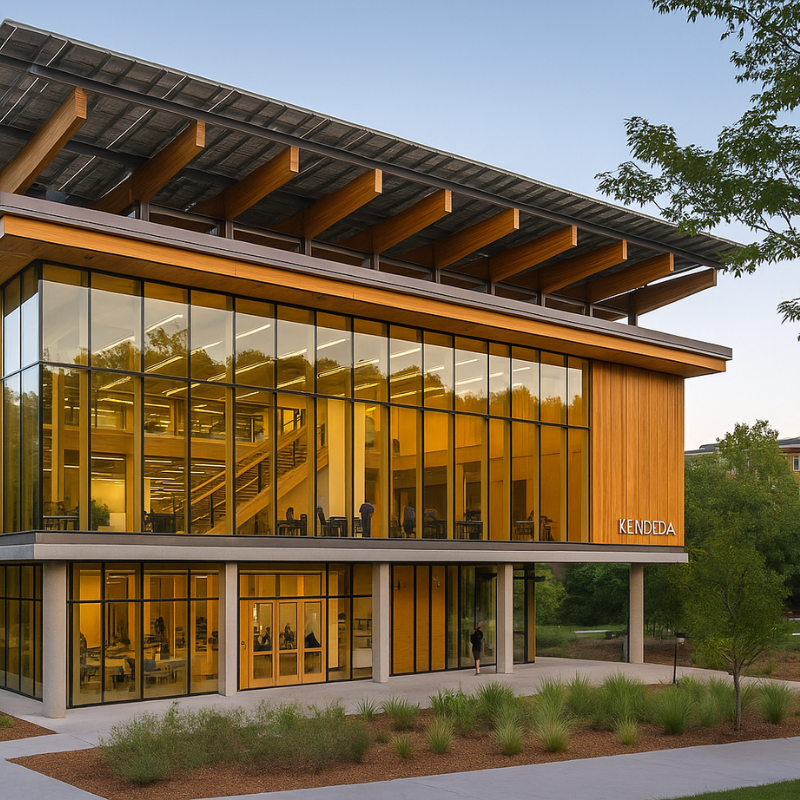 Living Building Challenge certified.
Living Building Challenge certified. - VIA Verde, Bronx (USA)—
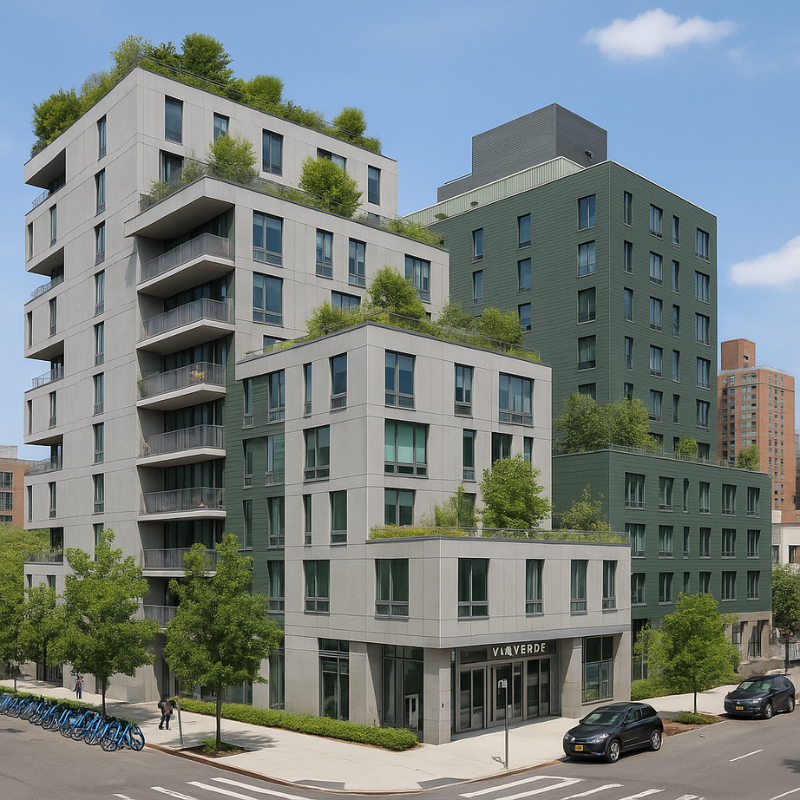 A mixed-use model for urban sustainability.
A mixed-use model for urban sustainability. - Roche Headquarters, Basel (Switzerland)—
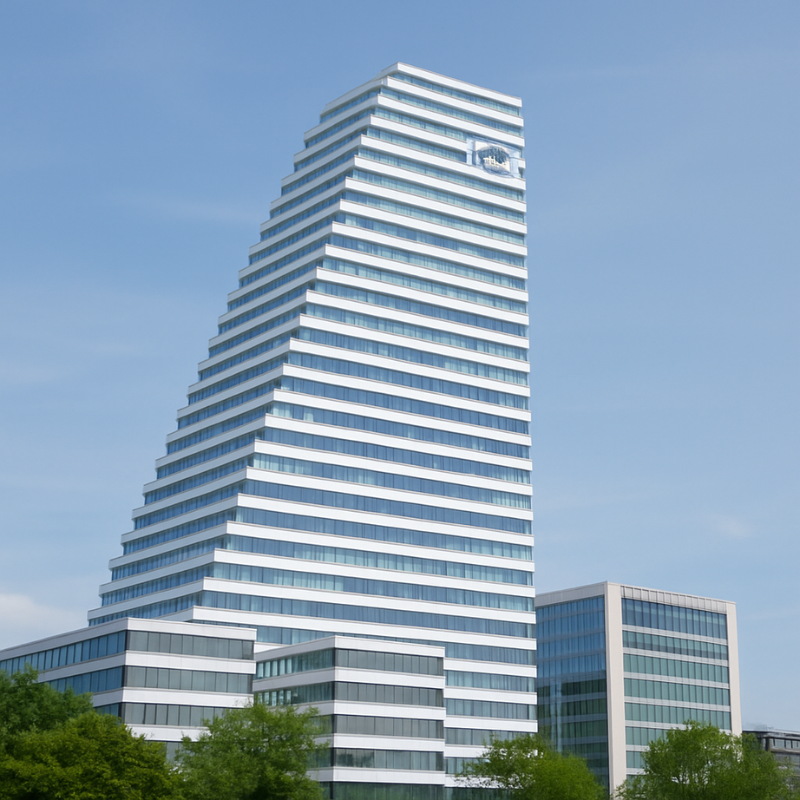 Pushing pharma toward carbon neutrality.
Pushing pharma toward carbon neutrality. - Fujitsu Office, Munich (Germany)—
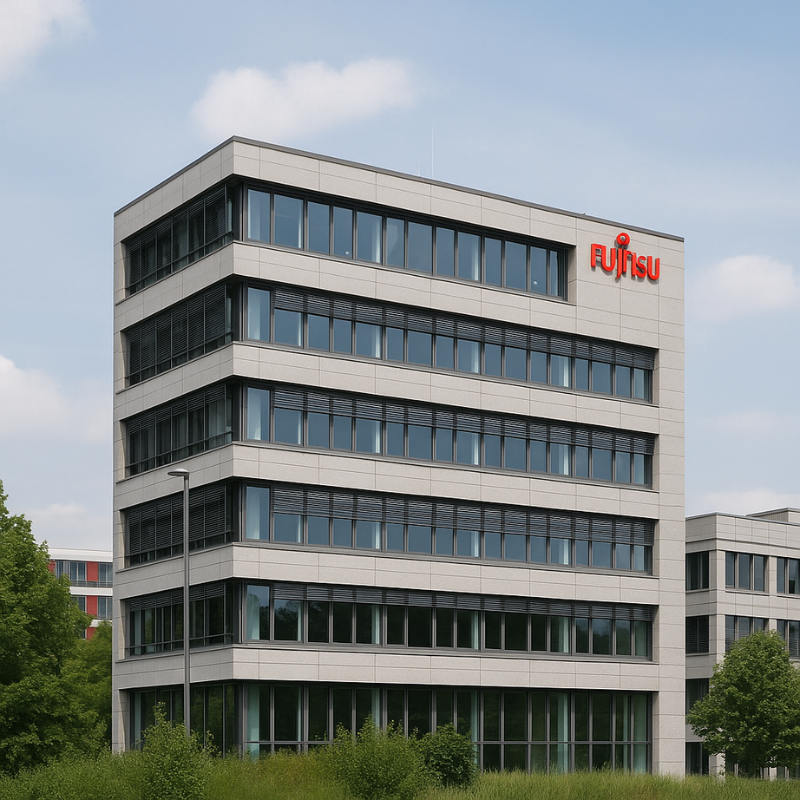 Smart sensors, natural ventilation, and daylighting.
Smart sensors, natural ventilation, and daylighting. - Patagonia HQ, Ventura (USA)—
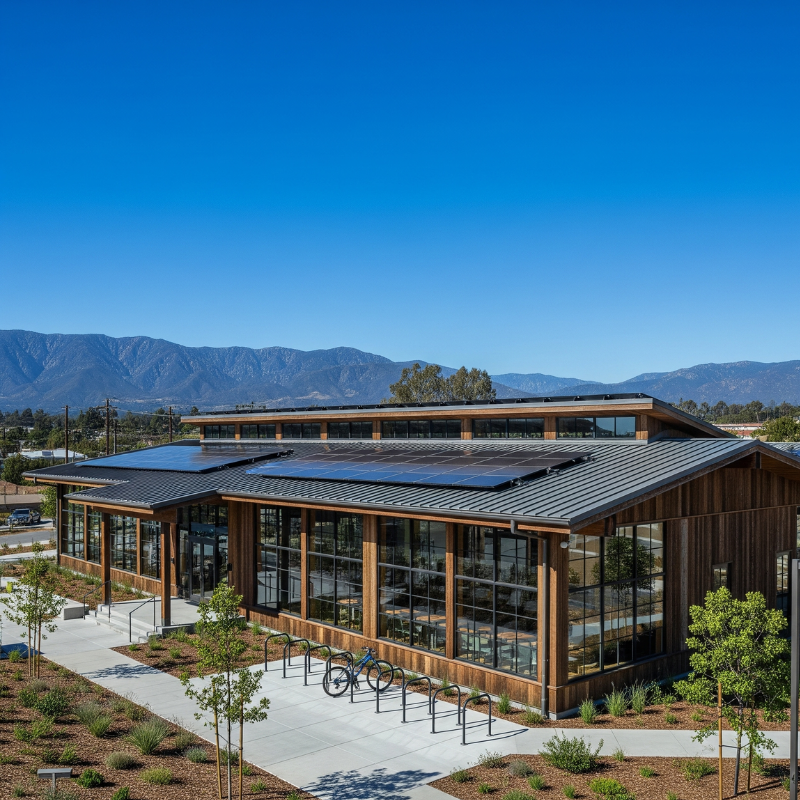 A perfect marriage of ethical brand and eco-building design.
A perfect marriage of ethical brand and eco-building design.
Each of these buildings challenges convention and proves that form, function, and sustainability can coexist beautifully.
Key Design Trends in Net-Zero Offices
Whether you’re designing your own office or advising a client, keep an eye on these trends:
- Mass Timber Construction—Strong, renewable, and visually warm.
- Vertical Gardens & Green Roofs – For temperature control and biodiversity.
- Modular Interiors—Easy to adapt as needs change, reducing waste.
- Smart Building Systems – Real-time energy monitoring and occupant feedback.
- Cradle-to-Cradle Materials—Designed to be reused, not discarded.
- Flexible Workspaces—Designed with remote/hybrid work in mind.
These aren’t fads—they’re the foundation of resilient, future-ready commercial design.
Is Net-Zero Right for Your Project?
If you’re in the early stages of a commercial build or renovation, here are some tips:
- Start with a lifecycle mindset—think 10, 20, or 50 years ahead.
- Bring sustainability experts in early—Architects, engineers, and consultants can shape smarter designs when involved from the start.
- Aim for certifications—LEED, BREEAM, WELL, and Living Building Challenge offer helpful frameworks and credibility.
- Don’t sacrifice style—modern sustainable buildings can be sleek, bold, and on-brand.
- Communicate your values—a green building tells the world your business cares—use that in hiring, marketing, and public relations.
Final Thoughts: Building Better, Together
As climate pressures intensify and cities demand greener infrastructure, net-zero commercial buildings are no longer optional—they’re essential.
From the workplace to the wider ecosystem, the choices we make in design today will echo for generations.
At Ideas for Architecture, we believe sustainable design isn’t just about carbon—it’s about culture, comfort, and creativity. Let’s reimagine commercial spaces that are smart, soulful, and sustainable.
Want more insights on sustainable architecture, smart materials, or regenerative design?
Subscribe to our newsletter for fresh perspectives, detailed case studies, and the architectural ideas shaping the cities of tomorrow.





